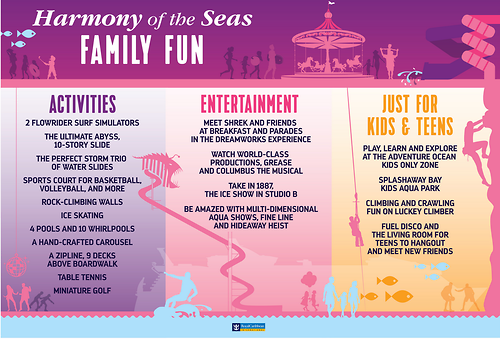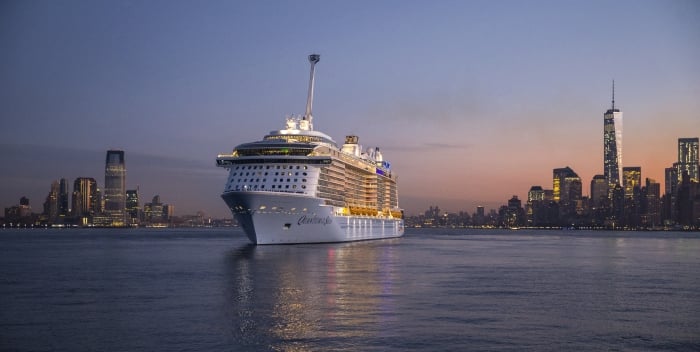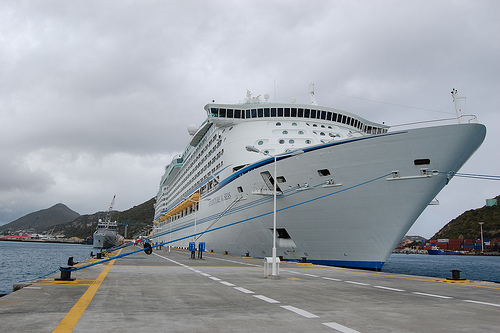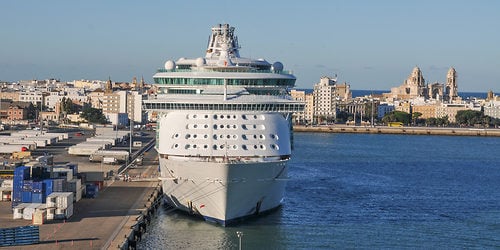Royal Caribbean's Radiance of the Seas arrived at the port of Wollongong in New South Wales, Australia, becoming Australia's newest cruise port.

The 2,200 guests on board arrived in Port Kembla at 8am and were welcomed with a special fly-over by a vintage Catalina flying boat, as well as thousands of excited locals waving the ship in from vantage points along the South Coast.
Guests were treated to a special "Welcome to Wollongong" marketplace at Lang Park organized by Destination Wollongong, which showcased local produce and products from the region. More than 400 local volunteers were also on hand throughout the day to help guests get the most out of their day in port.

"We have been working towards our call to Wollongong for quite some time. Guests onboard Radiance of the Seas had a wonderful day exploring the city and local area, making the dedication and hard work that’s gone into this project for the past two and a half years all worthwhile," said Adam Armstrong, managing director, Royal Caribbean Australia & New Zealand.
Destination Wollongong General Manager, Mark Sleigh said: "When Councillor Leigh Colacino first approached Royal Caribbean to discuss bringing cruise ships to Wollongong, he promised that the community would look after their guests as well as any destination in the world. I’m delighted that Wollongong more than delivered on that promise, and made the maiden voyage of Radiance of the Seas a day that Wollongong, and indeed our visitors, will never forget!"
This is far from the only stop Royal Caribbean will make at Wollongong. Over the next 18 months, Voyager of the Seas and Explorer of the Seas will also call here, brining more than 16,000 visitors to the area by the end of the cruise season.

Seven different shore excursions also showcased the region outside of the city, with visits to scenic Bald Hill Lookout, Jamberoo Action Park, Kiama, Shellharbour Village, Symbio Wildlife Park and the tranquil Nan Tien Temple among some of the most popular.
"We are very proud to be the first cruise line to bring a ship to Wollongong and this historic milestone marks the beginning of a long-term relationship between Royal Caribbean and the region. We will continue to explore opportunities to utilize the port as an overflow to Sydney Harbor," Armstrong concluded.
































